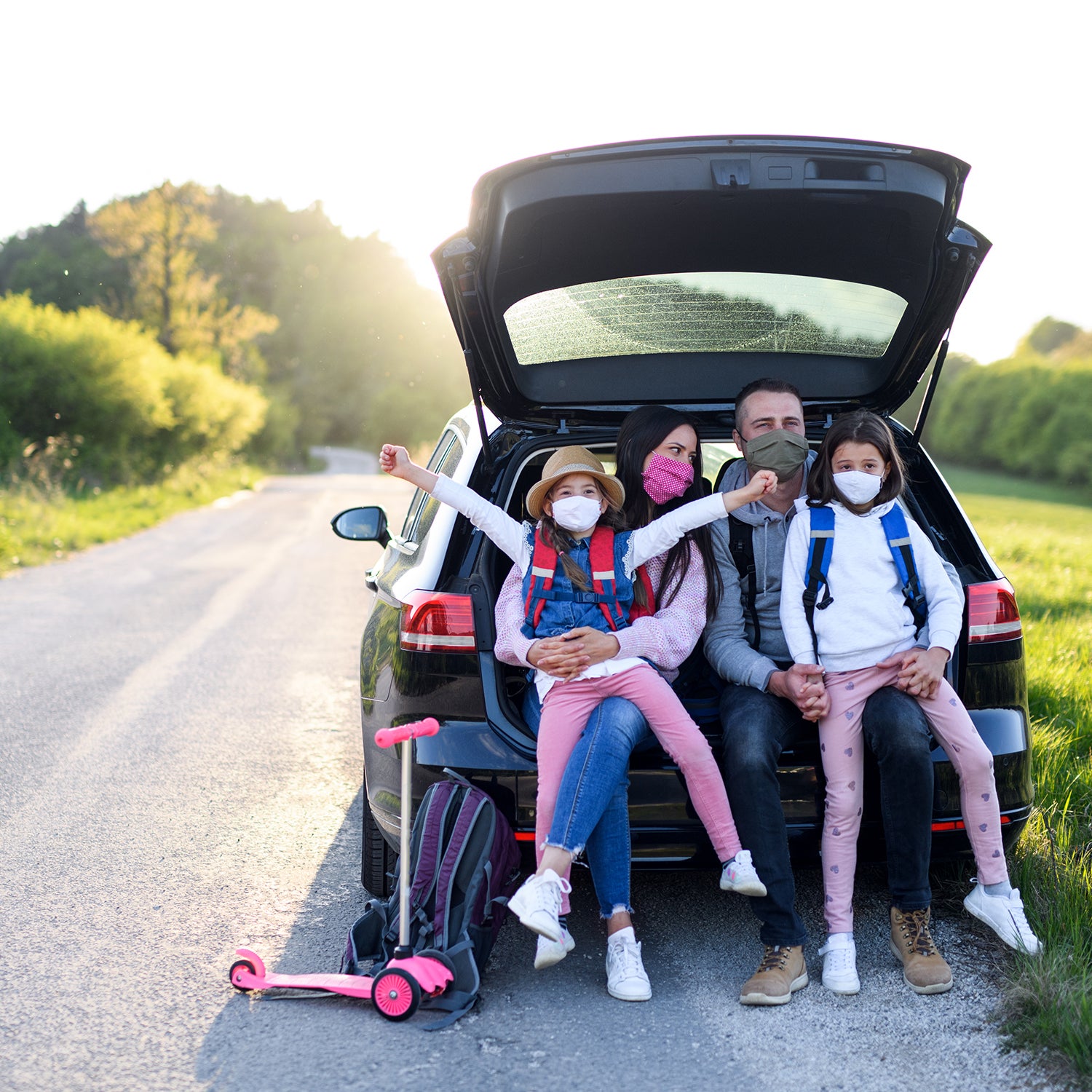After three months of homeschooling and contact tracing for a D.C.-area health department, I needed a few days off. With much deliberation, my family and I decided a road trip was the safest way to do it. At first I felt guilty and almost ashamed—as a public-health nurse practitioner, it’s my responsibility to set a good example. I worried that our excursion would appear unnecessary and risky, but I also knew that it would provide significant mental-health benefits. We concluded that it was possible to take a trip safely as long as we traveled to a place with few tourists, within a day’s drive from our home in D.C., to reduce stops, and stocked with all the supplies we’d need.
We opted for a seven-hour road trip to Ocracoke Island, part of North Carolina’s Outer Banks region—an under-the-radar destination with plenty of contactless Airbnbs—reached via a free car ferry. We mapped out the fastest route and allotted a single rest break at the ferry terminal, wearing our masks and taking advantage of the clean bathrooms. To keep my five-year-old son from asking to make unnecessary stops, we brought along plenty of diversions, including coloring books, toys, and audiobooks. We packed all our meals for the road and a separate cooler with five days’ worth of groceries, and made sure our first aid kit had plenty of masks, hand sanitizer, and reusable Lysol wipes.
On Ocracoke, we limited our exposure to a gas station, an outdoor restaurant, and an ice cream shop; with everyone wearing masks and social distancing, we felt comfortable in those situations. Other than that, it was easy to be alone—90 percent of the island is owned by the National Park Service. Ultimately, the distance, destination, and planning made it possible to get away without putting ourselves or members of the community we visited at risk.
Safety First
COVID-19 has made travel unpredictable. Follow these guidelines to keep yourself and others safe. —Erin Riley
- Subject yourself to two weeks of self-isolation before embarking on a trip.
- Travel within your own area if you can. Should you choose to venture beyond, look into each new location’s protocols beforehand and follow any quarantine rules. Check The New York Times for an up-to-date account of travel advisories in each state.
- Bring your own food and COVID-19 safety kit to avoid shopping as you go, which exposes others to risk and could put extra strain on local medical infrastructure.
- Call ahead to your planned stops, such as campsites and parks, to make sure they’re open. Ask whether it’s a safe time to visit and if there are low-traffic spots.
- Opt outside—camp and picnic as often as possible.
- Have a backup plan if a trailhead, campground, or park is too crowded. Be prepared to cut your trip short should changes arise.


